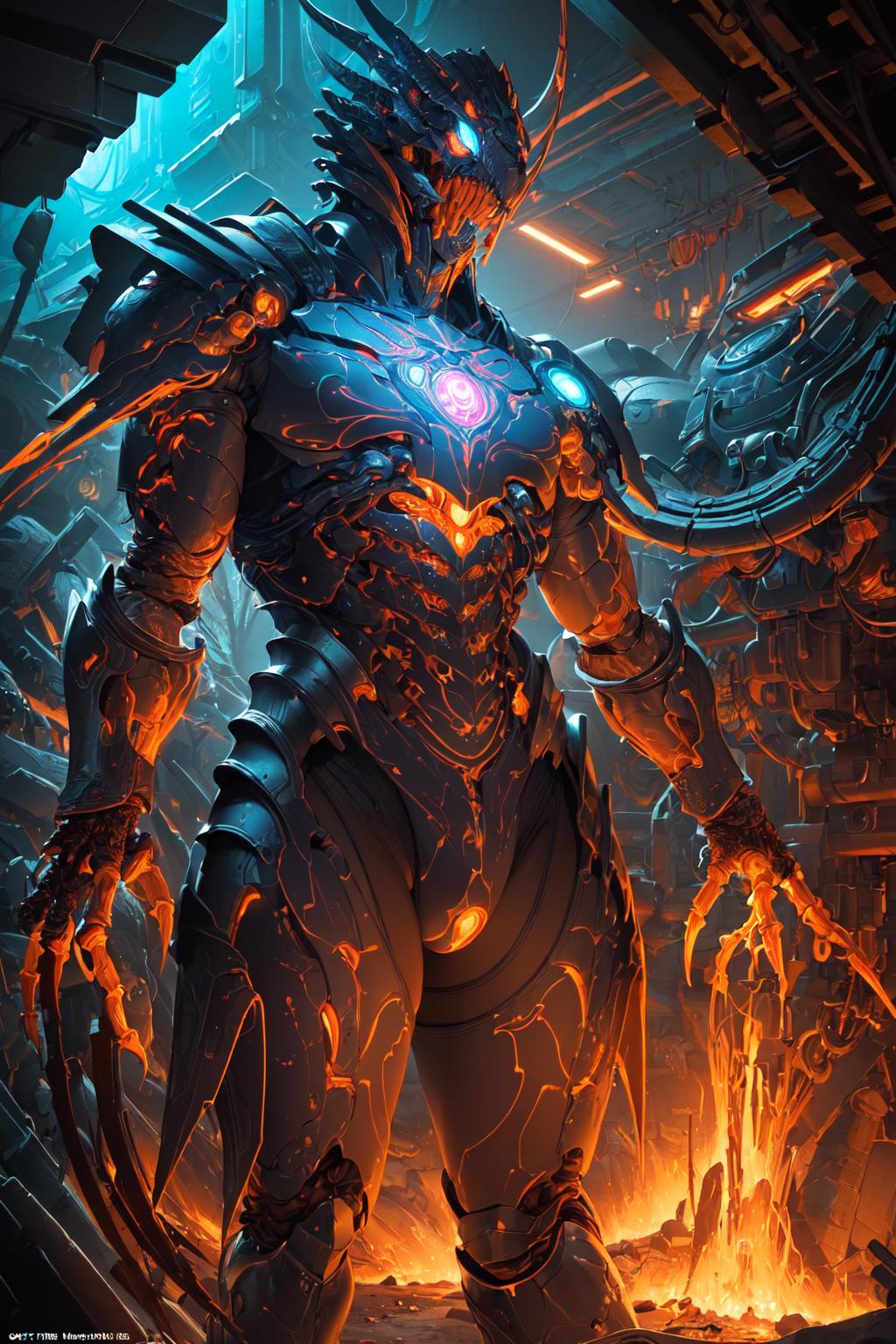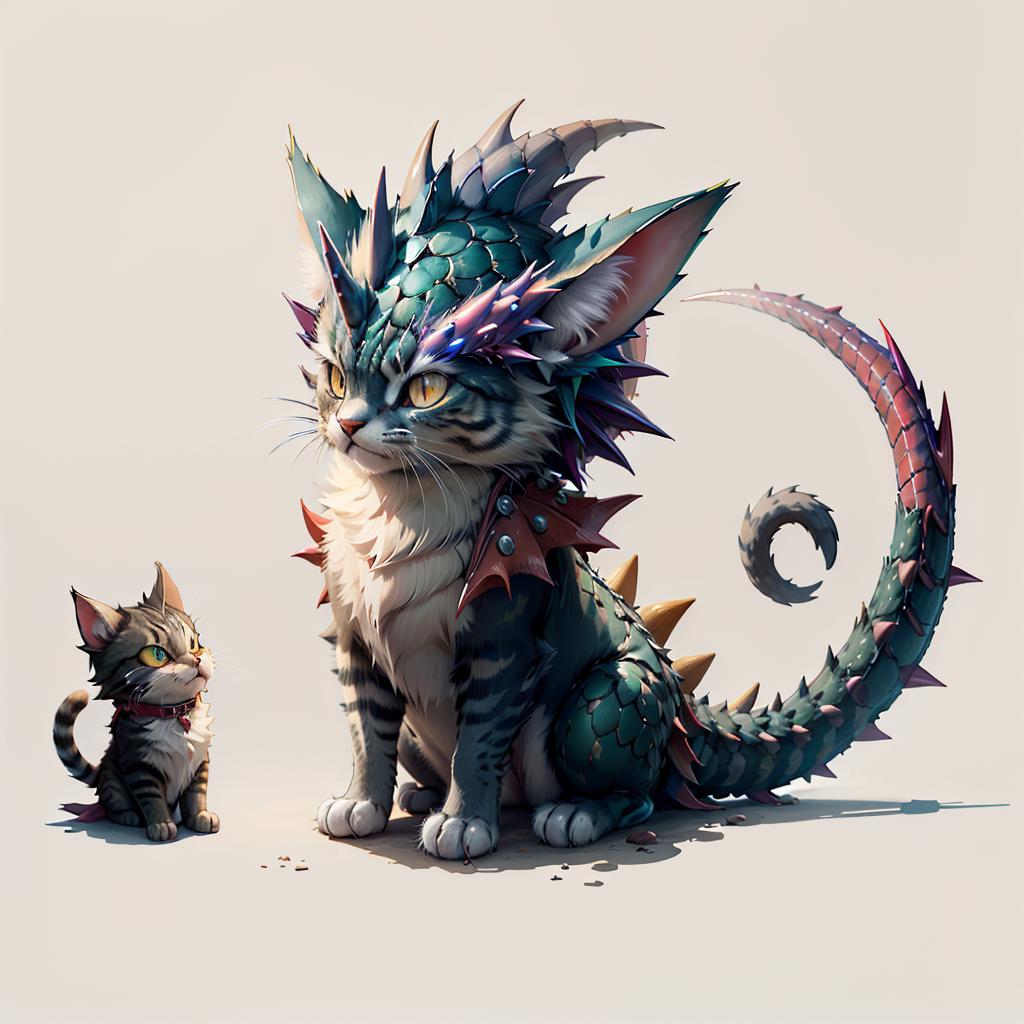The concept of the metaverse has captured the imagination of gamers, technologists, and futurists alike. This digital universe, where virtual worlds and blockchain technology intersect, promises to create immersive and decentralized gaming experiences unlike anything we’ve seen before. Let’s explore how the gaming metaverse is evolving, the role of blockchain in this transformation, and what the future holds for this groundbreaking convergence.
What is the Metaverse?
The metaverse is a collective virtual shared space, created by the convergence of virtually enhanced physical reality and physically persistent virtual spaces. It’s a universe of interconnected virtual worlds where users can interact, socialize, play, and work in real-time. Think of it as the internet brought to life in 3D, offering a more immersive and interactive experience.
The Role of Blockchain in the Metaverse
Blockchain technology is a fundamental component of the metaverse, providing the infrastructure needed to create decentralized, secure, and transparent virtual environments. Here’s how blockchain is shaping the metaverse:
Decentralization
Blockchain allows for the creation of decentralized virtual worlds, where control is distributed across a network rather than centralized in the hands of a single entity. This decentralization ensures:
- Transparency: All transactions and interactions are recorded on a public ledger, making them transparent and verifiable.
- Security: Decentralized systems are less prone to hacking and data breaches.
- User Control: Users have more control over their data and digital assets, reducing the risk of censorship and manipulation.
Digital Ownership
One of the most exciting aspects of blockchain in the metaverse is the concept of digital ownership. Through Non-Fungible Tokens (NFTs), users can truly own digital assets, including virtual real estate, items, and even identities. This ownership is:
- Verifiable: NFTs are unique and can be authenticated on the blockchain.
- Tradeable: Users can buy, sell, and trade their digital assets across different platforms and virtual worlds.
- Interoperable: NFTs can move between different games and virtual environments, enhancing their utility and value.
Economic Opportunities
Blockchain enables the creation of decentralized economies within the metaverse. Users can earn cryptocurrency through gameplay, content creation, and various other activities, creating new economic opportunities. Key features include:
- Play-to-Earn Models: Players can earn real money by participating in games and completing tasks.
- Creator Economies: Content creators can monetize their creations, from virtual art to game assets, and receive royalties on secondary sales.
- Decentralized Marketplaces: Users can trade goods and services in decentralized marketplaces, fostering a vibrant economy.
Notable Metaverse Projects
Several projects are pioneering the development of the metaverse, leveraging blockchain technology to create immersive and interconnected virtual worlds. Here are a few notable examples:
Decentraland
Decentraland is a decentralized virtual world where users can buy, develop, and sell virtual real estate, known as LAND. Each parcel of LAND is an NFT, and users can create anything from interactive games to virtual art galleries. Decentraland’s economy is powered by its cryptocurrency, MANA.
The Sandbox
The Sandbox is a virtual world where players can create, own, and monetize their gaming experiences using NFTs and the SAND token. It offers powerful tools for building and sharing content, allowing users to design games, assets, and even entire worlds.
Somnium Space
Somnium Space is a VR metaverse built on the Ethereum blockchain, offering a persistent, decentralized virtual world where users can socialize, explore, and create. It supports VR, PC, and mobile platforms, and features an open marketplace for trading digital assets.
Axie Infinity
While primarily known as a play-to-earn game, Axie Infinity is also developing its own metaverse, Lunacia. In Lunacia, players can own land, build structures, and interact with other players, all within a decentralized, blockchain-powered ecosystem.
The Future of the Gaming Metaverse
The convergence of virtual worlds and blockchain technology is still in its early stages, but the potential is immense. As the metaverse continues to evolve, we can expect to see:
Enhanced Interoperability
Future metaverses will likely feature greater interoperability, allowing users to move seamlessly between different virtual worlds and platforms, carrying their digital assets and identities with them.
Advanced AI and VR Integration
The integration of advanced AI and VR technologies will enhance the realism and interactivity of the metaverse, providing more immersive and personalized experiences.
Broader Adoption
As blockchain technology matures and becomes more user-friendly, we can expect broader adoption of the metaverse across different demographics, industries, and regions.
New Economic Models
The metaverse will continue to develop new economic models, including decentralized autonomous organizations (DAOs) and innovative play-to-earn mechanisms, creating diverse opportunities for earning and investment.
Conclusion
The convergence of virtual worlds and blockchain technology is setting the stage for the next evolution in gaming and digital interaction. The metaverse promises to create decentralized, immersive, and economically vibrant virtual environments where users can truly own their experiences. As we venture further into this digital frontier, the possibilities are endless, and the impact on the gaming industry will be profound.


